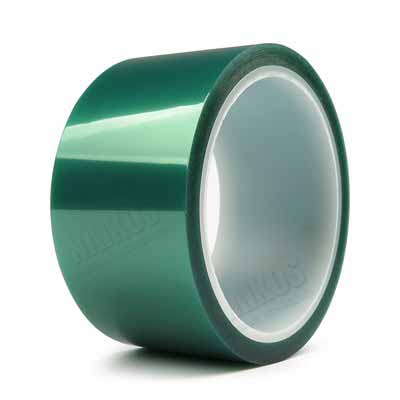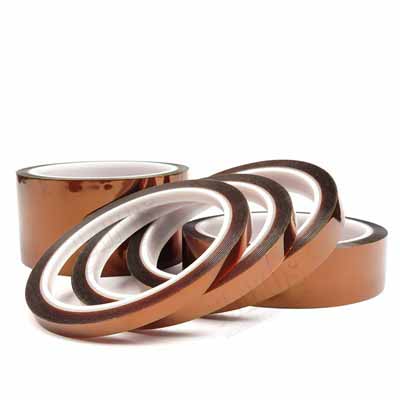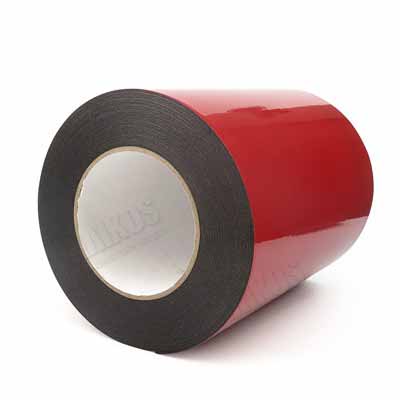In electronic and computing, thermal pads are flat, pre-formed smooth rectangles of material most often found on the bottom of heatsinks to help the conduction of power-wearing heat away from the respective component being heated. The pad is designed with a flat surface on one end that touches the component being heated and a flat plate of metal or other material on the opposite side of the pad that has an insulating layer that helps the heat to be absorbed and spread out. The pad is then heated by passing varying levels of electrical current through it. This is usually done in a circuit.
Heat conduction is a complex process. At its simplest, a CPU will draw heat from the ambient air, which will dissipate through the heat sink. A thermal pad works exactly the same way. One difference is that thermal pads used with an Intel CPU may be designed to be larger and made of higher quality material than ones designed for an AMD CPU. Either way, thermal pads can greatly enhance heat dissipation which means that your computer will run much more quietly.
The main reason a thermal pad is placed under a heatsink is that the pad directly contacts the CPU and the heat sink; therefore reducing the gaps between these two components. In a normal situation, if you held the heatsink up to your face and moved your eyes across the pad, you would see gaps. Because the CPU and the heat sink are so close together, heat can seep through the gaps and reach the lower portion of your computer. A thermal pad reduces this gap significantly. Another reason that a pad can reduce gaps is that it has small openings at strategic places on it, which allows the liquid copper to dissipate into the pad from between the pad and the heatsink.
There are also other benefits that make thermal pads a more preferred choice than standard plastic stand-alone heat sinks. One benefit is that they do not have to be permanently mounted. Most stand-alone pads require some type of adhesive or glue to be permanently attached to the CPU's underside plate. When the glue or adhesives wear out or become ineffective, you need to purchase another one. This can become very expensive over time. By contrast, thermal pads only need to be mounted using screws to attach them permanently.
The second benefit is that thermal paste heats up much faster than standard plastic mounts. If you are using your computer for an extended period of time, you probably do not want to go to the expense of constantly purchasing new stands for your CPU. If you use a thermal pad instead, you can simply remove the thermal paste (when your PC heats up) and place the pad where it typically rests. You can then simply replace the thermal paste and your computer can continue to work as normal.
Perhaps the biggest benefit that you will receive by switching to a thermal pad is that you will find that your CPU's fan motor works much quieter. This is because heat rises, so when you are using your computer, the radiator's fan does not have to work as hard to cool off the electronics. This means that your fan motor is able to run at a slower speed, which further reduces your energy costs. In addition, thermal pads offer a higher degree of flexibility because you can quickly and easily replace them without having to drill holes into your CPU.




